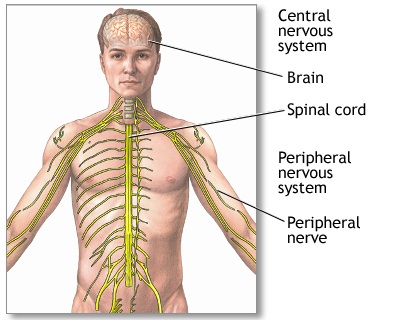Lactose intolerance
Definition:
People with lactose intolerance are unable to fully digest the sugar (lactose) in milk. As a result, they have diarrhea, gas and bloating after eating or drinking dairy products. The condition, which is also called lactose malabsorption, is usually harmless, but its symptoms can be uncomfortable.
Signs & Symptoms:
The signs and symptoms of lactose intolerance usually begin 30 minutes to two hours after eating or drinking foods that contain lactose. Common signs and symptoms include:
Diarrhea
Nausea, and sometimes, vomiting
Abdominal cramps
Bloating
Gas
Cause:
Lactose intolerance occurs when your small intestine doesn’t produce enough of an enzyme (lactase) to digest milk sugar (lactose).
Normally, lactase turns milk sugar into two simple sugars glucose and galactose which are absorbed into the bloodstream through the intestinal lining.
If you’re lactase deficient, lactose in your food moves into the colon instead of being processed and absorbed. In the colon, normal bacteria interact with undigested lactose, causing the signs and symptoms of lactose intolerance.
There are three types of lactose intolerance. Different factors cause the lactase deficiency underlying each type.
Primary lactose intolerance
This is the most common type of lactose intolerance. People who develop primary lactose intolerance start life producing plenty of lactase a necessity for infants, who get all their nutrition from milk. As children replace milk with other foods, their lactase production normally decreases, but remains high enough to digest the amount of dairy in a typical adult diet.
In primary lactose intolerance, lactase production falls off sharply, making milk products difficult to digest by adulthood. Primary lactose intolerance is genetically determined, occurring in a large proportion of people with African, Asian or Hispanic ancestry. The condition is also common among those of Mediterranean or Southern European descent.
Secondary lactose intolerance
This form of lactose intolerance occurs when your small intestine decreases lactase production after an illness, injury or surgery involving your small intestine. Among the diseases associated with secondary lactose intolerance are celiac disease, bacterial overgrowth and Crohn’s disease. Treatment of the underlying disorder may restore lactase levels and improve signs and symptoms, though it can take time.
Congenital or developmental lactose intolerance
It’s possible, but rare, for babies to be born with lactose intolerance caused by a complete absence of lactase activity. This disorder is passed from generation to generation in a pattern of inheritance called autosomal recessive, meaning that both the mother and the father must pass on the same gene variant for a child to be affected. Premature infants may also have lactose intolerance because of an insufficient lactase level.
How To Cure:
- Yogurt & Cheese
Most people with lactose intolerance can tolerate products like yogurt and hard cheese in moderation because they have lower levels of lactose. Full-fat dairy products usually have lower amounts of lactose compared to low-fat and non-fat varieties. Fat slows the passage of lactose in the digestive system.
Eat probiotic yogurt with live cultures. The live, active bacterial cultures will help break down lactose and relieve gastrointestinal discomfort. Greek yogurt, too, has less lactose than regular yogurt because much of its whey protein is strained out in its processing. Frozen yogurt may not be helpful, though.
You can also eat full-fat cottage cheese and aged hard cheeses, such as cheddar and Swiss cheese.
- Milk Substitutes
Look for healthy substitutes for milk, such as coconut milk, soy milk, almond milk, rice milk, oat milk, hemp milk and others. If you are not used to the taste of these alternatives, start by adding any of these as a replacement for milk in your puddings and other baked goods.
Plus, start with small amounts and opt for calcium and vitamin D-fortified plant-based milks. You can also substitute butter with coconut oil and even fruit purees like applesauce, banana or prune.
Note: At times, non-dairy options may also cause gastrointestinal problems as they may contain guar gum (a common food additive that may sometimes cause digestive problems) to add thickness.
- Apple Cider Vinegar
Apple cider vinegar can help reduce lactose intolerance as it aids digestion, especially in the initial stages. It also works as an effective remedy to neutralize stomach acid and other digestive problems caused by lactose intolerance.
Mix 1 tablespoon of raw, unfiltered apple cider vinegar in a glass of water.
Drink it daily for at least a few weeks.


